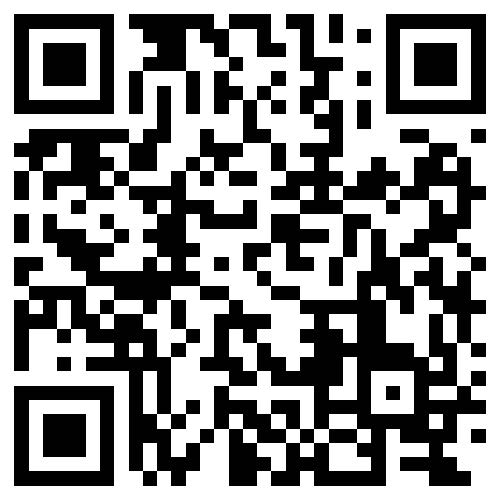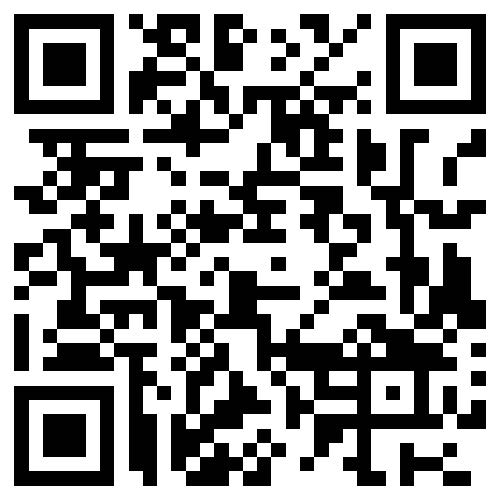what is forex card
A Forex card is a type of prepaid travel card preloaded with foreign currencies, designed to simplify transactions when you’re abroad. Let’s delve into the details, advantages, and potential drawbacks of using a Forex card, as well as how to obtain one for your travels.
Understanding Forex Cards
Forex cards, also known as travel cards, function much like a regular debit or credit card but come pre-loaded with the currency of your destination country. They offer a secure and convenient alternative to carrying cash or using international credit cards.
Pros of Forex Cards
- Better Exchange Rates: Typically offer more favorable rates than those found at currency exchange counters or ATMs abroad.
- Enhanced Security: Equipped with chip and PIN technology, and can be blocked immediately if lost or stolen.
- Multi-Currency Support: Allows you to load and manage multiple currencies on a single card.
- Wider Acceptance: Accepted at most establishments that take card payments globally.
Cons of Forex Cards
- Fees: May come with various fees including issuance, transaction, and ATM withdrawal fees.
- Limited Acceptance: While widely accepted, some small businesses or local vendors might not accept card payments.
- Inflexibility: Locked into the exchange rate at the time of loading the card.
- Potential for Lost Funds: If the card is lost or stolen, there’s a risk of losing the preloaded funds unless protected by the card provider’s insurance.
How Forex Cards Work
Before your trip, load your Forex card with the desired currency at the exchange rate provided by the issuer. Use the card for purchases and ATM withdrawals while abroad, enjoying the convenience of not dealing with cash.
Use Cases for Forex Cards
- Ideal for short trips where carrying large amounts of cash is not necessary.
- Perfect for travelers visiting multiple countries with different currencies.
- Provides peace of mind for those unfamiliar with local currencies or exchange rates.
- Helps control spending by limiting transactions to the pre-loaded amount.
Costs Associated with Forex Cards
Costs can vary and may include:
- Issuance fees for obtaining the card.
- Reload fees for adding more funds to the card.
- Transaction fees for card usage at point-of-sale terminals.
- ATM withdrawal fees and potential currency conversion fees.
How to Get a Forex Card
Select a reputable provider and apply either online or in person. Submit the required documents, load your chosen currencies, and activate the card according to the provider’s instructions.
Documents Required for a Forex Card
- A valid passport
- Visa or travel permit
- Flight tickets
- Proof of address
Expert Advice
When choosing a Forex card, consider all associated fees, not just the headline exchange rate. Sometimes a card with a slightly less favorable rate but lower fees can be the more cost-effective option.
Conclusion
Forex cards provide a secure and convenient method for managing finances during international travel. Weigh the benefits against the potential drawbacks, considering your travel needs and preferences. With the right Forex card, you can enjoy the ease of transactions without the hassle of cash, making your travel experience smoother and more enjoyable.











